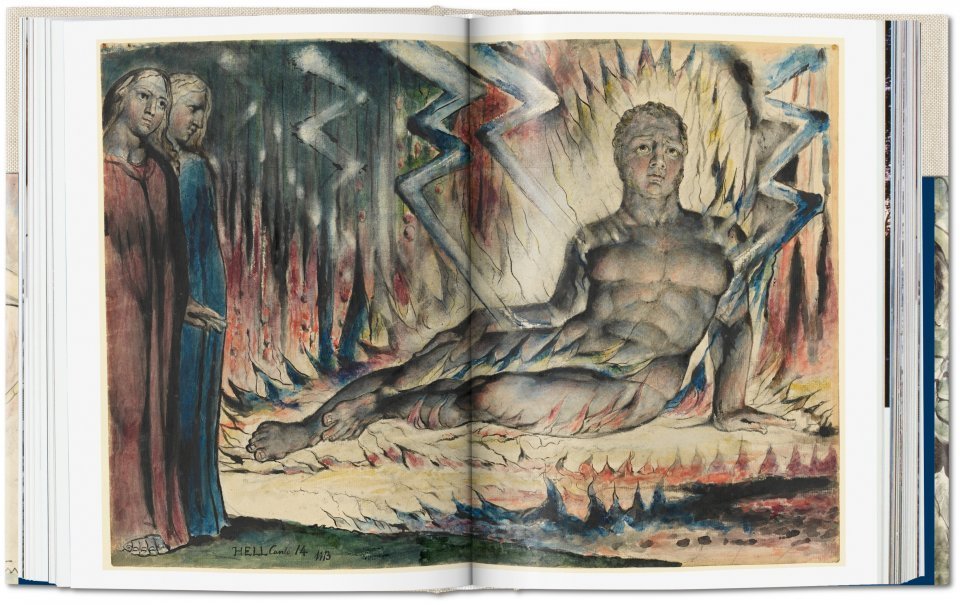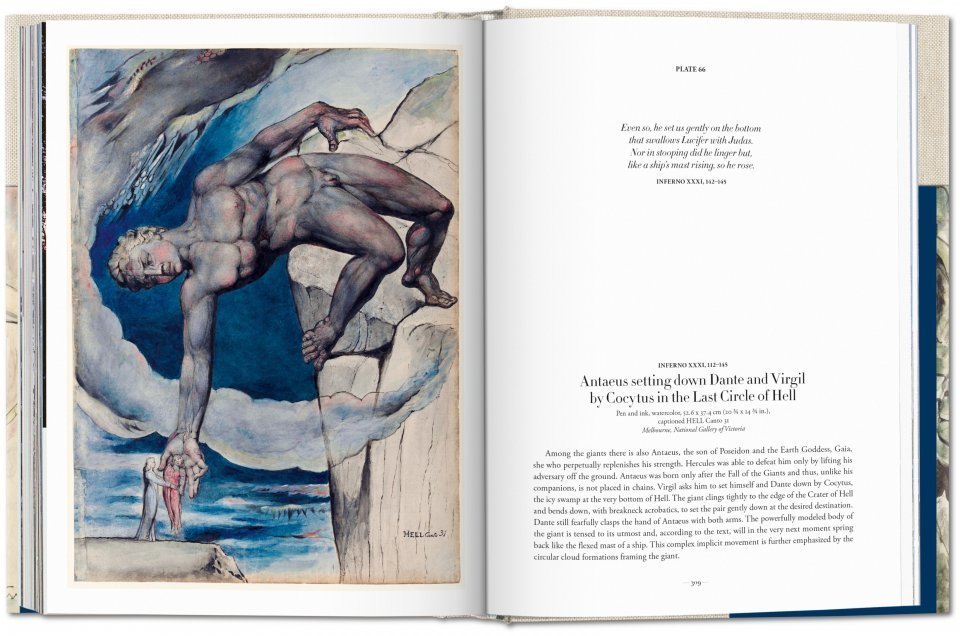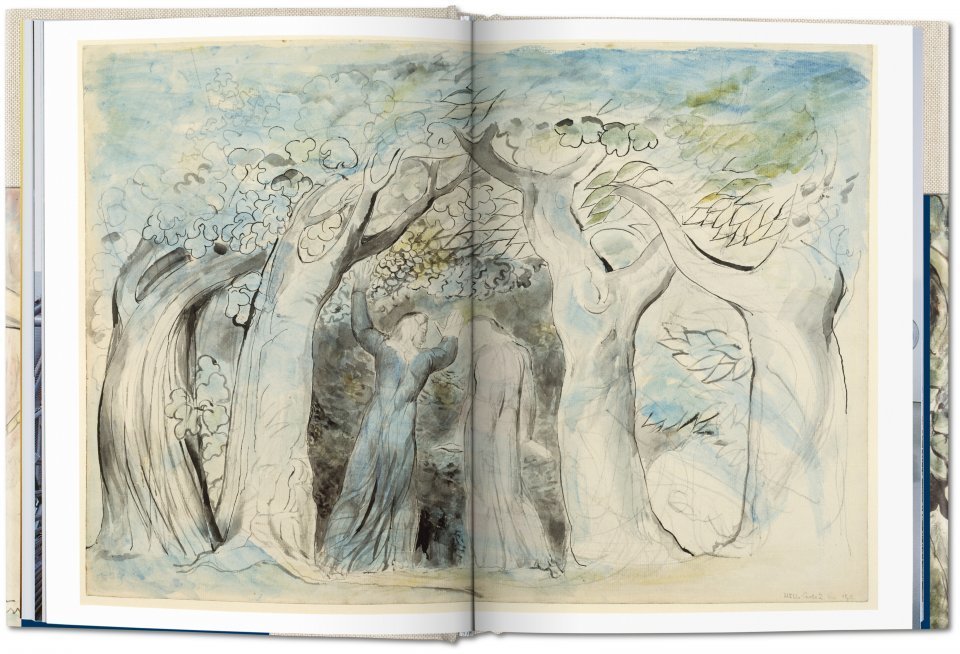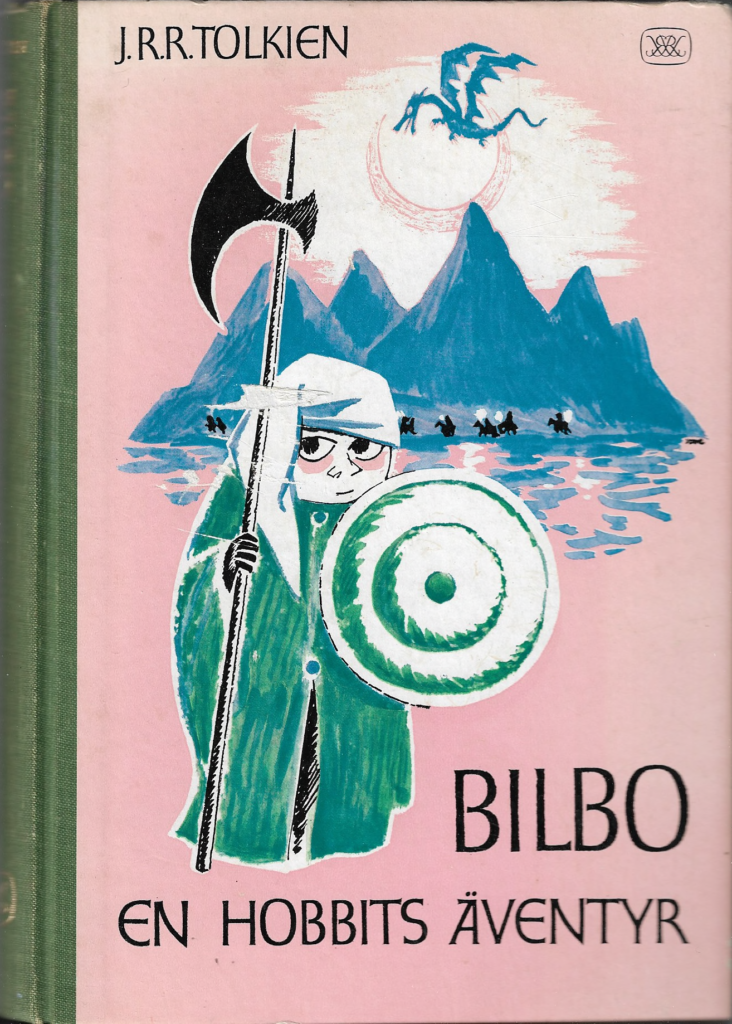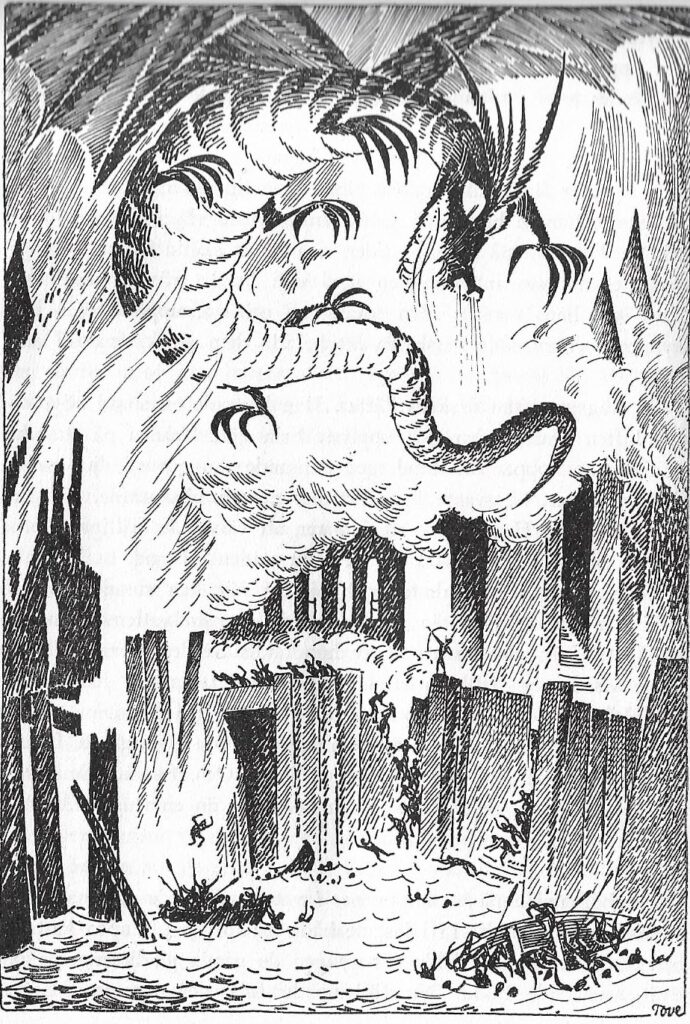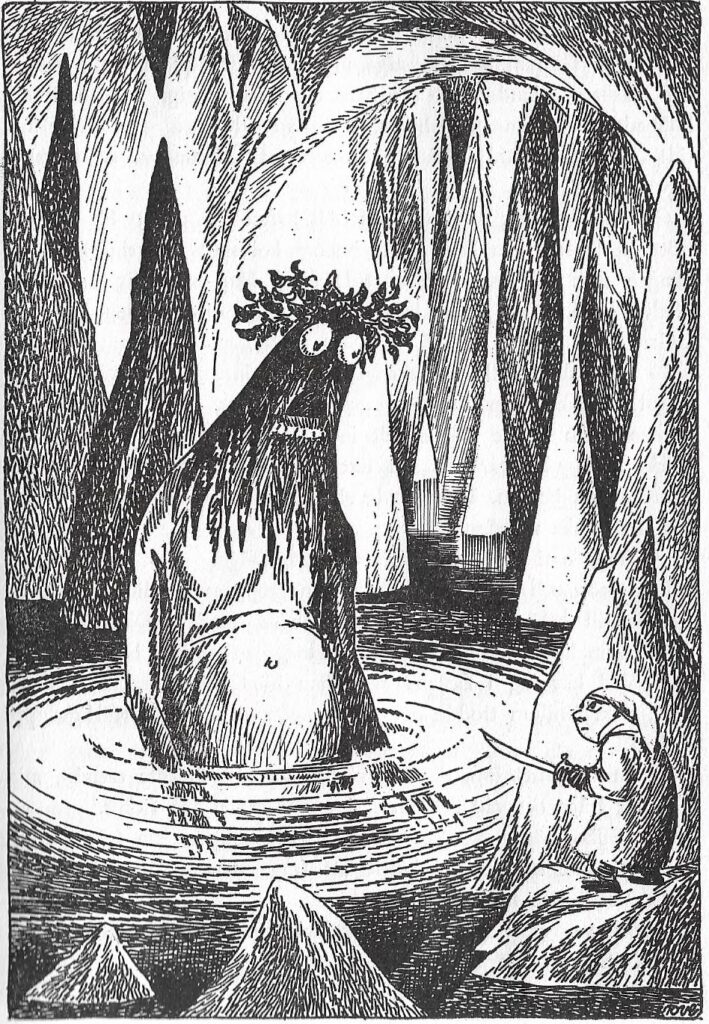The hulking black-caped figure, “a walking iron lung,” as George Lucas called him in 1977, Darth Vader more than rightly tops a list of the 50 best movie villains of all time as the “gold standard of villainy,” but it took more than inspired costuming to make him so. Vader is a composite creation of several different talents. The quality by which we most know (and fear) him – the booming voice that commands and kills from afar — came, of course, from James Earl Jones. As one of the 20th century’s greatest actors, it’s fair to say that Jones not only provided Vader’s voice, but he also provided the villains soul, inasmuch as the Sith Lord had one left.
Although he redeemed himself at the end of Return of the Jedi, Vader’s humanity was an open question throughout most of the trilogy. When he “naturally … wanted to make Darth Vader more interesting, more subtle, more psychologically oriented,” Jones says,” Lucas reportedly replied, “No, no. What we’re finding out is you’ve got to keep his voice on a very narrow band of inflection because he ain’t human, really.”
While he worried about casting the only Black actor in the first Star Wars film in the role of a dehumanized villain, Lucas ultimately decided that no one else, not even Orson Welles, could convey Vader’s serious intent.
But first, actor David Prowse understandably thought he had the role when he put on the heavy black suit, helmet, and cape. Best known for his role as the Green Cross Code Man, a well-loved public service announcement hero in the UK, the former bodybuilder Prowse performed Vader’s lines from inside the costume, his voice muffled, as you can hear in the clips above, by the mask. During the filming of Star Wars: A New Hope, Prowse was told that Vader’s lines would be re-recorded. He did not know that someone else would play the role.
Jones himself asked for no credit and did not receive any until Return of the Jedi. Paid $7,500, he thought of the 2 ½ hours spent in the recording booth for the first film as “just special effects.” (The real effects artist, sound designer Ben Burtt, created Vader’s iconic mechanical breathing sound by syncing recordings of his scuba gear to Jones’ breaths.) Jones once told Star Wars Insider that David Prowse “is Vader.” And while the six-foot-seven Prowse, who passed away last November, might have been perfectly cast as the imposing form, no one on set could hear him as Darth Vader.
“With a strong Devonshire accent that earned him the nickname ‘Darth Farmer’ from the crew,” Force Material notes, “the reality is that Dave Prowse was never going to be called upon to provide the voice of Darth Vader.” We might digress on the distribution of accents in the Star Wars universe. Maybe Prowse wasn’t the right Englishman to play the part, but why didn’t Lucas cast another British actor, as he had for every other major bad guy in the film, beginning a tradition that continues in Star Wars movies and related media over forty years later?
There’s hardly any question. No one can command attention with his voice like James Earl Jones. And perhaps no other actor could give such enduringly human menace to a character described by its creator as a walking iron lung.
Related Content:
James Earl Jones Reads Edgar Allan Poe’s “The Raven” and Walt Whitman’s “Song of Myself”
The Complete Star Wars “Filmumentary”: A 6‑Hour, Fan-Made Star Wars Documentary, with Behind-the-Scenes Footage & Commentary
The Original Star Wars Trilogy Adapted into a 14-Hour Radio Drama by NPR (1981–1996)
Josh Jones is a writer and musician based in Durham, NC. Follow him at @jdmagness

